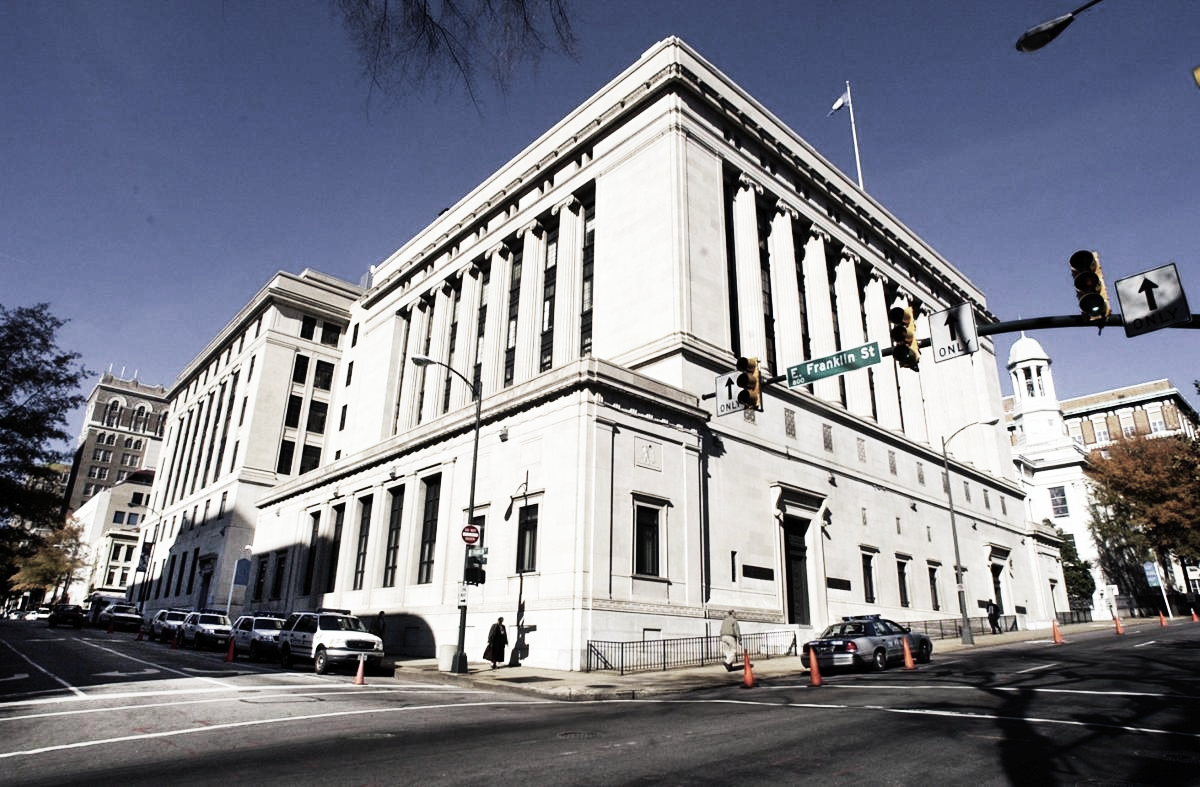Civic Resources
Voter Resources
The Government of Virginia
The Legislative Branch
Virginia’s legislative branch is called the General Assembly, but it functions a lot like Congress. It is made up of chambers - the Senate and a House of Delegates. The General Assembly meets each year for 30 or 60 days, which typically begins in January. Any new laws in Virginia have to be considered when the General Assembly meets.
The Executive Branch
Virginia’s Executive Branch is led by the Governor. The Governor is the head of state of Virginia and signs (or vetos)every new law in Virginia. He fills vacancies in government positions, communicates with other states, and makes recommendations to the legislature. Virginia’s Governor is elected every 4 years.
The Judicial Branch
The Judicial Branch is made up of the Supreme Court of Virginia and subordinate courts, including the Court of Appeals, the Circuit Courts, and the General District Courts. The job of the Courts is to adjudicate conflicts, explain laws, and ensure the Constitutionality of laws.
The General Assembly
The Virginia General Assembly is the state legislature for the Commonwealth of Virginia. Its existence dates back to the House of Burgesses at Jamestown in 1619 and is considered the oldest continuous law-making body in the Western Hemisphere. It is a bicameral body in Richmond, Virginia made up of the Senate of Virginia and the Virginia House of Delegates which represent the upper and lower houses, respectively. The General Assembly writes all of Virginia’s legislation and fills vacancies within Virginia’s judiciary. There are currently 40 Senators and 100 Delegates who serve. All 140 Virginia legislators - both Senators and Delegates - serve in a part-time capacity. For their work at the General Assembly, Senators are paid $18,000 each year, and Delegates are paid $17,640, which is below the national average of $29,000. Senators serve 4-year terms, while Delegates serve 2-year terms.
The General Assembly convenes its Regular Session on the second Wednesday of January each year and meets for only 60 calendar-day sessions in even-numbered years and 30 calendar-day sessions in odd-numbered years (which are typically extended to 46 calendar days). On the sixth Wednesday after the Regular Session, the Constitution requires that the legislature return for a short Reconvened Session, which lasts from 1 to 10 days and is used to deal with Governor’s amendments or vetoes. In those short timeframes, the General Assembly typically discusses and votes on 2000-3000 bills. If additional bills need to be considered, the Governor or two-thirds of the members in each House can call a Special Session at any time throughout the year.
The Legislative Process
How a bill becomes a law in Virginia
1. Idea & Introduction
Anyone can come up with an idea for a new law! Or a change to an existing one. But, a legislator must introduce it. Once a legislator decides to submit a bill, it is drafted by the Division of Legislative Services.
2. Committee Action
Each introduced bill is assigned to a committee based on its subject matter. Each committee will spend time discussing the various bills on its docket and then deciding on an action. The members may vote to: approve the bill, reject the bill, amend and approve the bill, or send the bill to another committee for consideration.
3. Floor Action
If a bill reports from its final committee destination, it is then taken up by the full chamber for a vote. The bill undergoes a First, Second, and Third Reading before passing. On the Second Reading, the patron will answer questions and the bill can be amended; it then will pass or fail by voice vote. On the Third Reading, the bill is voted on as amended by a recorded roll call vote. If it again passes, it moves on to the next step.
4. Crossover & Conference
If a bill passes in one chamber it is then sent to the other chamber where the whole process begins again. A bill must pass both the House and the Senate before it can be sent to the Governor. If the two chambers approve bills with inconsistent language, then it is sent to a Conference Committee to work out the differences before passage.
5. Executive Action
Once a bill passes both chambers of the General Assembly, it is transmitted to the Governor for his consideration. At that point, the Governor may sign the bill, enacting it into law, or veto all or part of it. If it is vetoed, the General Assembly may override it by a two-thirds vote of the members present. An enacted law will generally become effective on July 1st of the year in which its passed.
TERMINOLOGY
Committee Actions
Continue/ Carry Over
A bill considered by committee may be continued to the following legislative cycle for later consideration.
Defeat
A committee may reject the motion to report a bill. No other action is taken on the bill and it is no longer active.
Incorporate
When multiple bills have similar language or concepts, a committee can merge one bill into another.
Pass by INDEFINITELY
While a committee may reconsider legislation it has passed by (for the day or indefinitely) it is very unlikely that it will, effectively defeating the bill.
Report
When a majority of committee members approve the bill, it is reported to the floor either with or without amendments/substitutes.
TABLE
Tabling is the same as passing it by, but considered "gentler" and may have a better chance of being reconsidered before the deadline.






